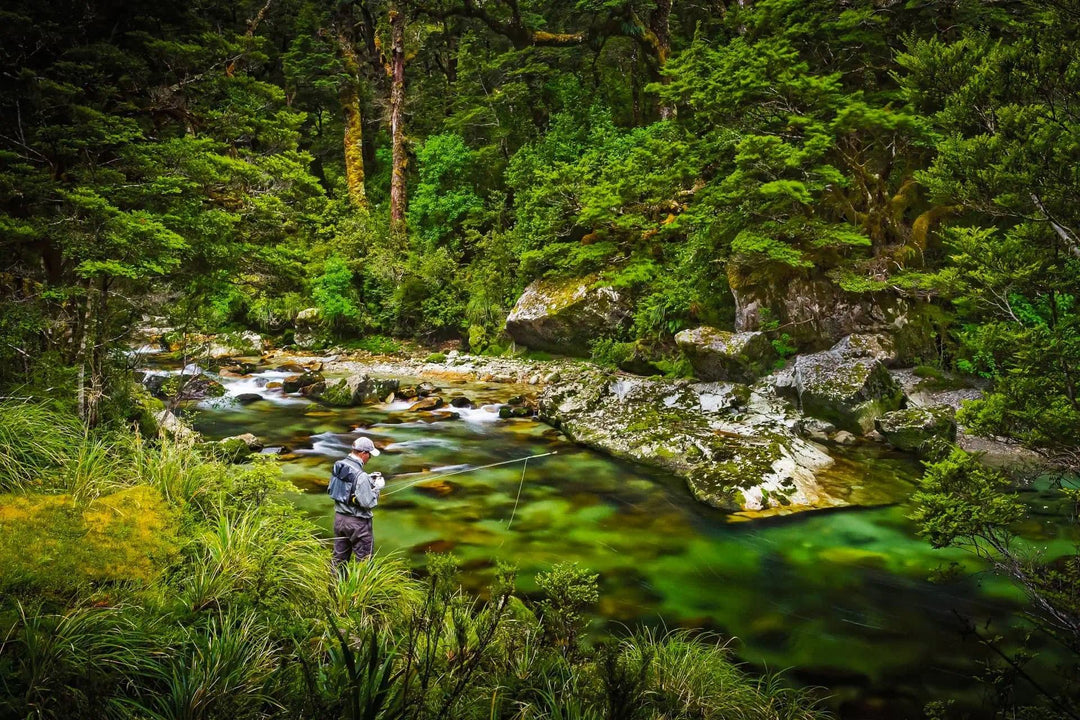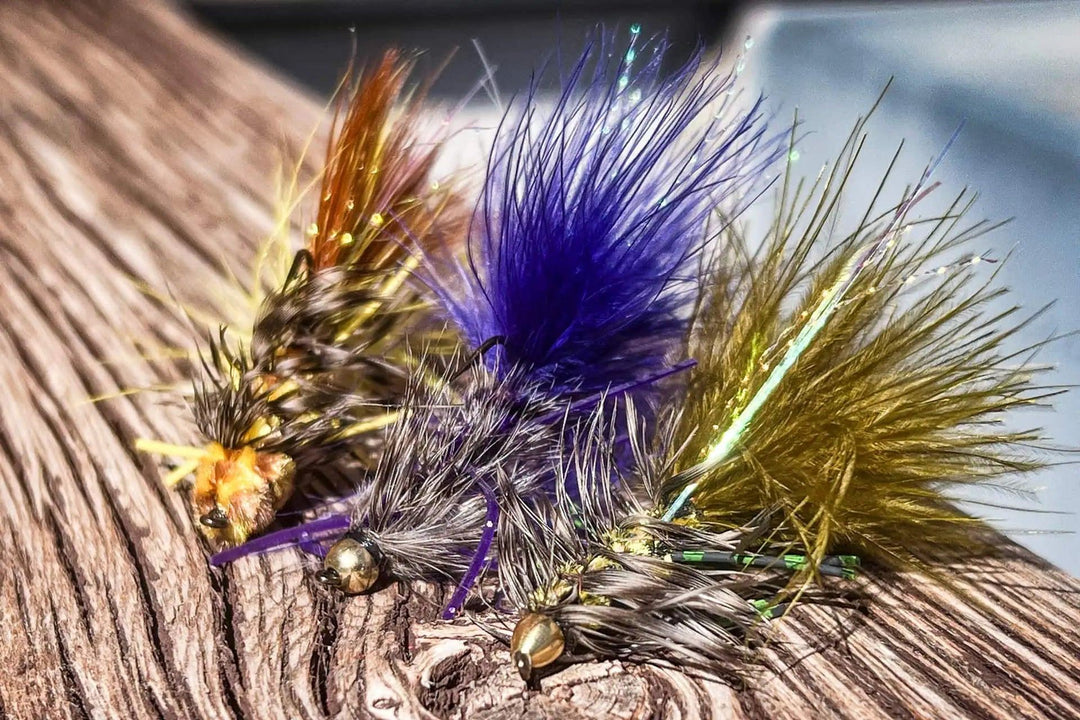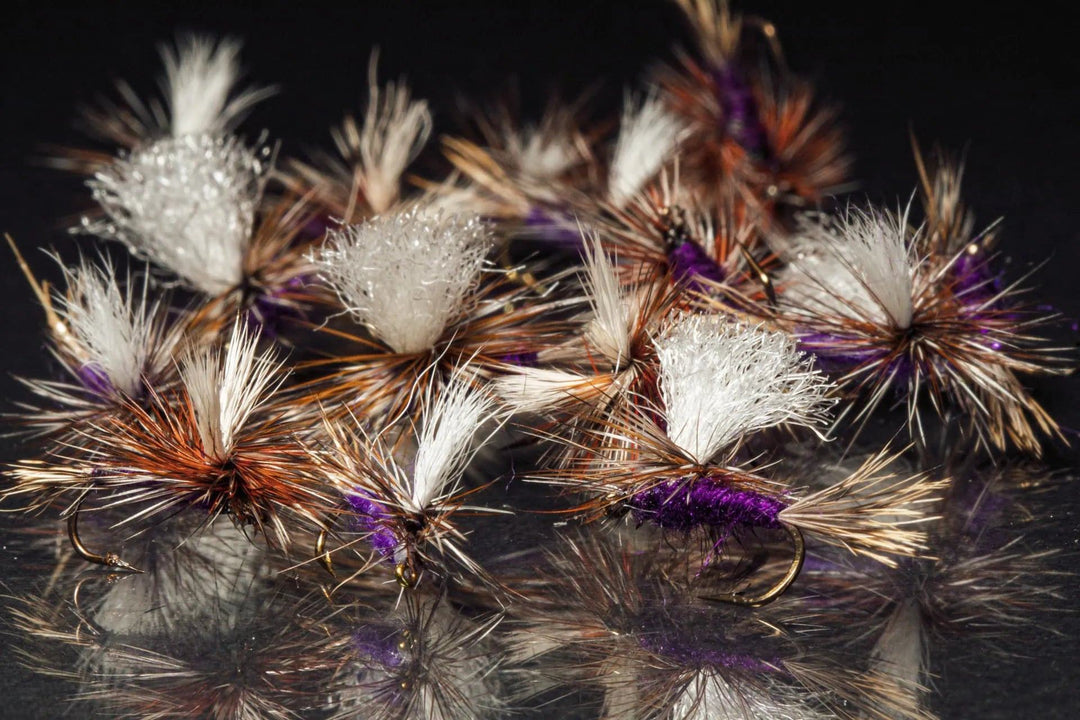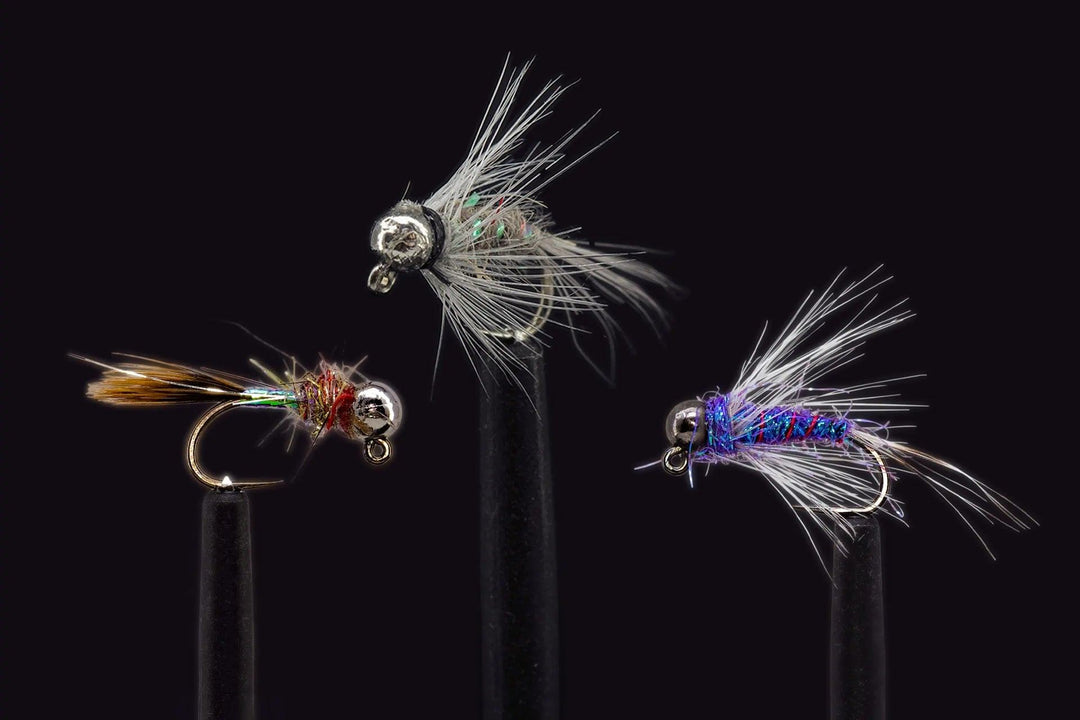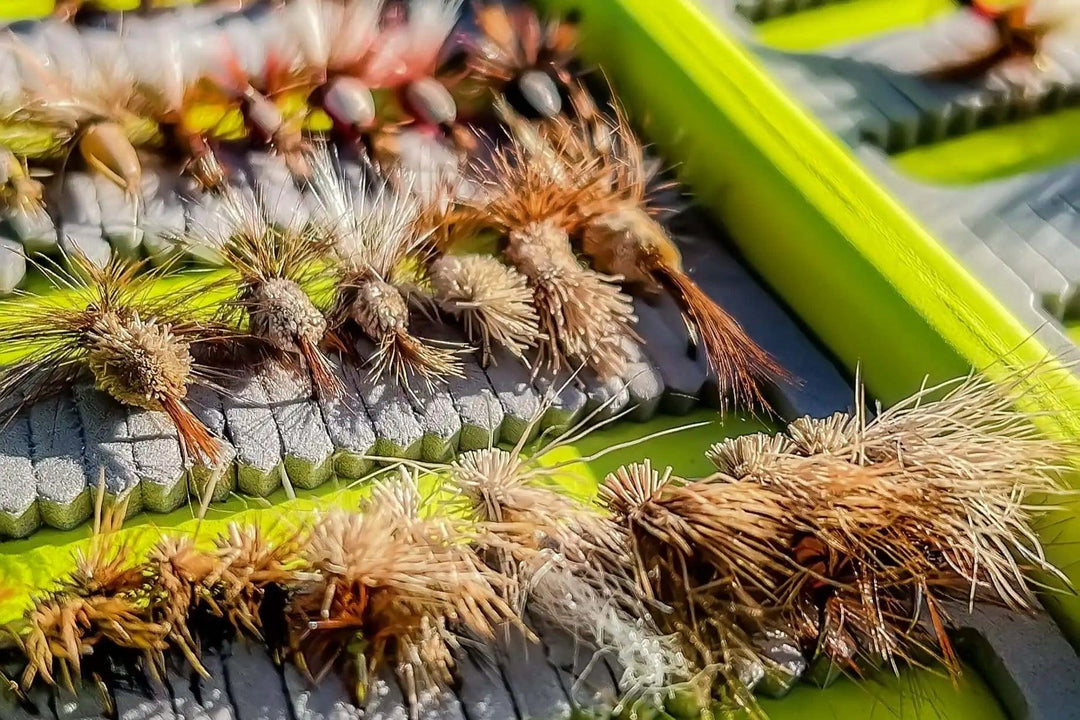The Mighty Drake

The Drake hatch is one of the most sought after and anticipated hatches of the year...
Summer is here and if you know anything about fly fishing you know that means Drake season is upon us. A good drake hatch can arguably mean the best fishing of the year. It’s usually a short hatch but when they arrive, they do so with a vengeance. Many anglers refer to them as “trout candy” because often times when these bugs begin to hatch, it triggers an all-out feeding frenzy. Here’s what you need to know about selecting the right drake and how to fish it.
Typically, they are brown, grey, green, pale olive, or greenish in color depending on the hatch and the region you live in and in the Emerger and Dun stages of a large mayfly species. The phrase "Drake" can apply to various insects, like most common fly patterns.
The newly emerged dun will float on the water's surface for some time on chilly, cloudy days as the wings dry, making for a reliable, simple meal. On sunny days, the wings of duns dry more quickly, and trout are less likely to chase them, particularly once spinners (adult mayflies) start to fall.
Tips for Fly Fishing the Drake
Move It
Drakes are not a graceful mayfly, there are definitely times when a slightly twitched Drake will move fish. A sign that the fish are looking for movement is a strike when you’re starting the back cast. Try to avoid blind casting. This can spook fish as hatches often occur in quiet, gentle, runs. For best results, wait for a trout to take a natural insect and cast directly at the rise.
Use Thicker Tippet
Drakes are a sizable mayfly, so the conventional wisdom of using the lightest tippet possible doesn’t always apply. With a size 8 fly, you can go up to 2X depending on conditions! Why would you use such a large tippet? It helps turn the fly over and improves accuracy. It keeps your leader from twisting during casting. And finally, thicker tippet helps you hold the fish in the faster water that prevails during late June. It pays to adjust your leader when you find the trout feeding on Drakes.
Be Ready For Big Strikes
Drake hatches can provoke some very big strikes. Trout can’t always hold close to the surface during the emergence due to the fast water. The Drake is a big meal, which means trout will come from a relatively long way away to eat them. A trout busting up from the bottom to intercept a Drake will often hit the surface at some speed. Don’t let it throw you off. Be ready and set the hook!
Use The Cripple
With the Drakes style of emergence and clumsiness on the surface, quite a few end up as cripples. A cripple can be a nymph that didn’t fully emerge. Cripples can also be an adult whose wings have become stuck to the surface, either by being blown over or just by tipping over. Either way, the trout recognize this, and will definitely take a cripple over an adult. The downside is they’re more difficult to see, but they work.
So, keep some Drake cripples in your box. They’re a versatile pattern during a hatch and can be the key to catching attention when there are a lot of real bugs around.
Go Bigger
Again, the Drake goes against conventional fly fishing wisdom. If you’re getting refusals to your fly, or good drifts and no takes, go to a bigger imitation. Often, a bigger imitation will entice the trout to move the longer distance. Big catches their attention and promises more calories, so it makes the trip to the surface worth it!
Drakes and Cripple Drakes
Sizes: #10 – #16 |
Sizes: #10 – #16 |
Sizes: #10 – #16 |
Sizes: #10 – #16 |
Sizes: #10 – #16 |
Sizes: #10 – #16 |








